Anqing Jiang
FlowDrive: Energy Flow Field for End-to-End Autonomous Driving
Sep 17, 2025Abstract:Recent advances in end-to-end autonomous driving leverage multi-view images to construct BEV representations for motion planning. In motion planning, autonomous vehicles need considering both hard constraints imposed by geometrically occupied obstacles (e.g., vehicles, pedestrians) and soft, rule-based semantics with no explicit geometry (e.g., lane boundaries, traffic priors). However, existing end-to-end frameworks typically rely on BEV features learned in an implicit manner, lacking explicit modeling of risk and guidance priors for safe and interpretable planning. To address this, we propose FlowDrive, a novel framework that introduces physically interpretable energy-based flow fields-including risk potential and lane attraction fields-to encode semantic priors and safety cues into the BEV space. These flow-aware features enable adaptive refinement of anchor trajectories and serve as interpretable guidance for trajectory generation. Moreover, FlowDrive decouples motion intent prediction from trajectory denoising via a conditional diffusion planner with feature-level gating, alleviating task interference and enhancing multimodal diversity. Experiments on the NAVSIM v2 benchmark demonstrate that FlowDrive achieves state-of-the-art performance with an EPDMS of 86.3, surpassing prior baselines in both safety and planning quality. The project is available at https://astrixdrive.github.io/FlowDrive.github.io/.
DiffVLA: Vision-Language Guided Diffusion Planning for Autonomous Driving
May 26, 2025Abstract:Research interest in end-to-end autonomous driving has surged owing to its fully differentiable design integrating modular tasks, i.e. perception, prediction and planing, which enables optimization in pursuit of the ultimate goal. Despite the great potential of the end-to-end paradigm, existing methods suffer from several aspects including expensive BEV (bird's eye view) computation, action diversity, and sub-optimal decision in complex real-world scenarios. To address these challenges, we propose a novel hybrid sparse-dense diffusion policy, empowered by a Vision-Language Model (VLM), called Diff-VLA. We explore the sparse diffusion representation for efficient multi-modal driving behavior. Moreover, we rethink the effectiveness of VLM driving decision and improve the trajectory generation guidance through deep interaction across agent, map instances and VLM output. Our method shows superior performance in Autonomous Grand Challenge 2025 which contains challenging real and reactive synthetic scenarios. Our methods achieves 45.0 PDMS.
SparseMeXT Unlocking the Potential of Sparse Representations for HD Map Construction
May 12, 2025Abstract:Recent advancements in high-definition \emph{HD} map construction have demonstrated the effectiveness of dense representations, which heavily rely on computationally intensive bird's-eye view \emph{BEV} features. While sparse representations offer a more efficient alternative by avoiding dense BEV processing, existing methods often lag behind due to the lack of tailored designs. These limitations have hindered the competitiveness of sparse representations in online HD map construction. In this work, we systematically revisit and enhance sparse representation techniques, identifying key architectural and algorithmic improvements that bridge the gap with--and ultimately surpass--dense approaches. We introduce a dedicated network architecture optimized for sparse map feature extraction, a sparse-dense segmentation auxiliary task to better leverage geometric and semantic cues, and a denoising module guided by physical priors to refine predictions. Through these enhancements, our method achieves state-of-the-art performance on the nuScenes dataset, significantly advancing HD map construction and centerline detection. Specifically, SparseMeXt-Tiny reaches a mean average precision \emph{mAP} of 55.5% at 32 frames per second \emph{fps}, while SparseMeXt-Base attains 65.2% mAP. Scaling the backbone and decoder further, SparseMeXt-Large achieves an mAP of 68.9% at over 20 fps, establishing a new benchmark for sparse representations in HD map construction. These results underscore the untapped potential of sparse methods, challenging the conventional reliance on dense representations and redefining efficiency-performance trade-offs in the field.
A Reinforcement learning method for Optical Thin-Film Design
Feb 13, 2021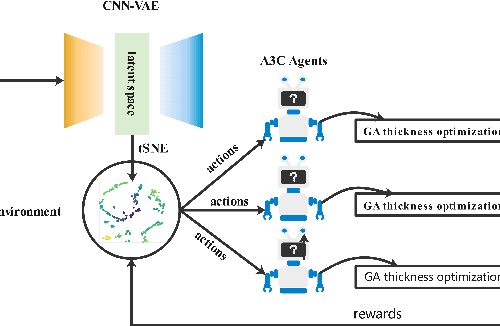
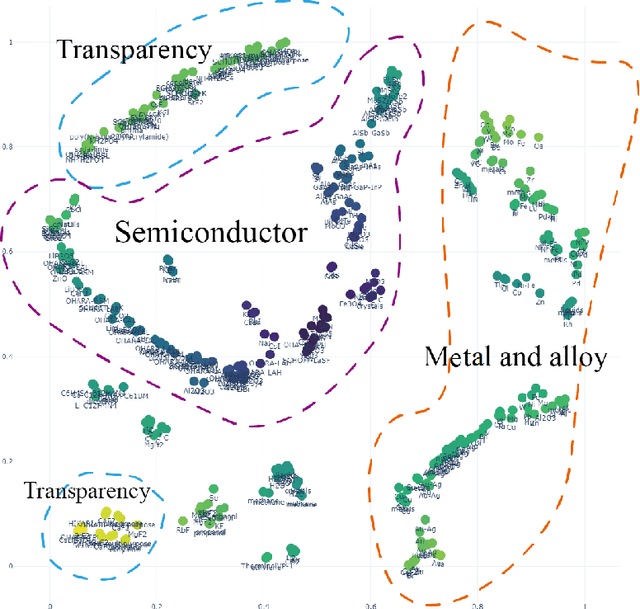
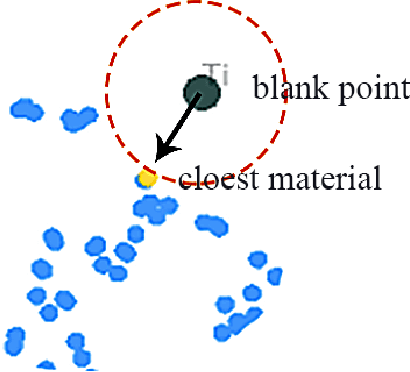
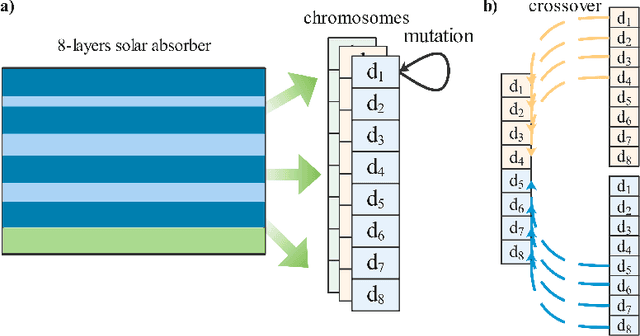
Abstract:Machine learning, especially deep learning, is dramatically changing the methods associated with optical thin-film inverse design. The vast majority of this research has focused on the parameter optimization (layer thickness, and structure size) of optical thin-films. A challenging problem that arises is an automated material search. In this work, we propose a new end-to-end algorithm for optical thin-film inverse design. This method combines the ability of unsupervised learning, reinforcement learning(RL) and includes a genetic algorithm to design an optical thin-film without any human intervention. Furthermore, with several concrete examples, we have shown how one can use this technique to optimize the spectra of a multi-layer solar absorber device.
A new multilayer optical film optimal method based on deep q-learning
Dec 07, 2018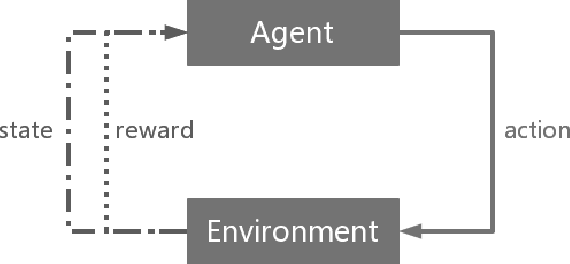
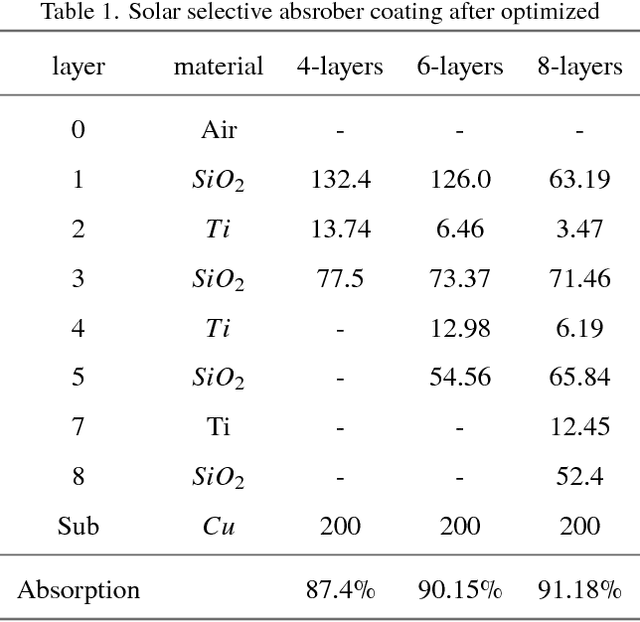

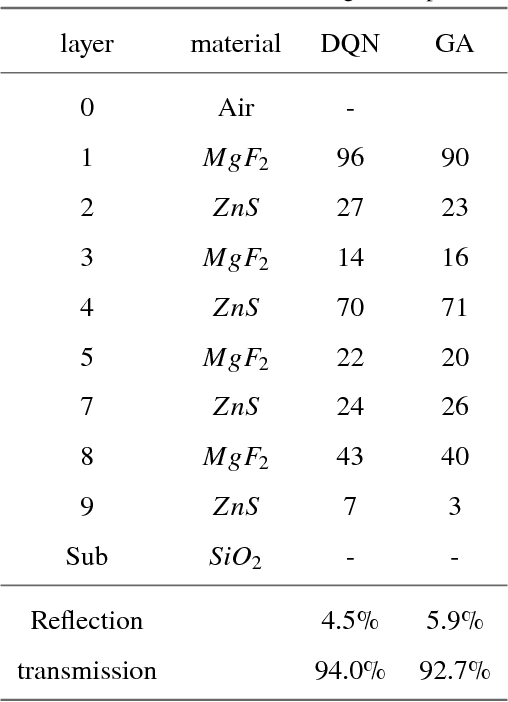
Abstract:Multi-layer optical film has been found to afford important applications in optical communication, optical absorbers, optical filters, etc. Different algorithms of multi-layer optical film design has been developed, as simplex method, colony algorithm, genetic algorithm. These algorithms rapidly promote the design and manufacture of multi-layer films. However, traditional numerical algorithms of converge to local optimum. This means that the algorithms can not give a global optimal solution to the material researchers. In recent years, due to the rapid development to far artificial intelligence, to optimize optical film structure using AI algorithm has become possible. In this paper, we will introduce a new optical film design algorithm based on the deep Q learning. This model can converge the global optimum of the optical thin film structure, this will greatly improve the design efficiency of multi-layer films.
 Add to Chrome
Add to Chrome Add to Firefox
Add to Firefox Add to Edge
Add to Edge